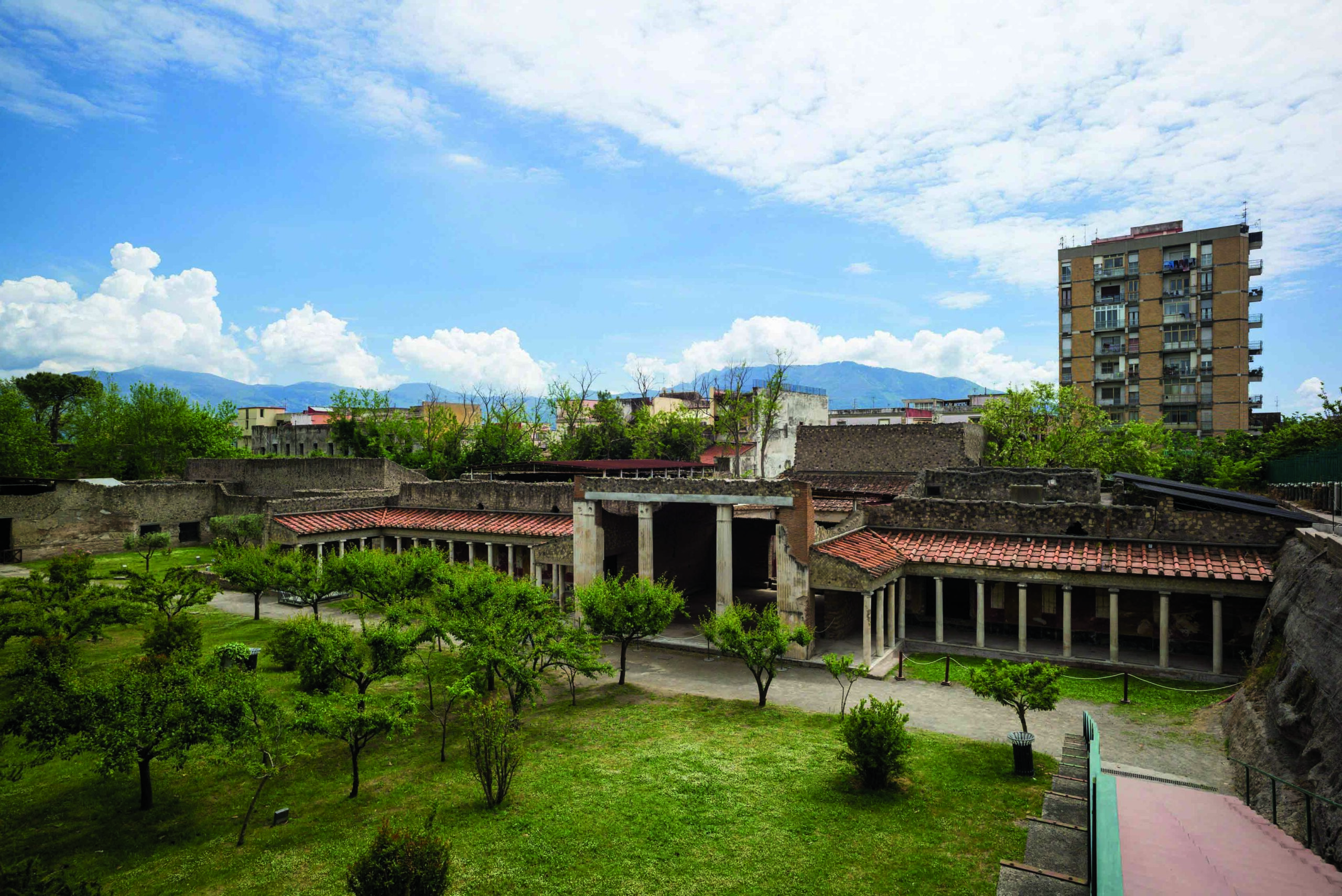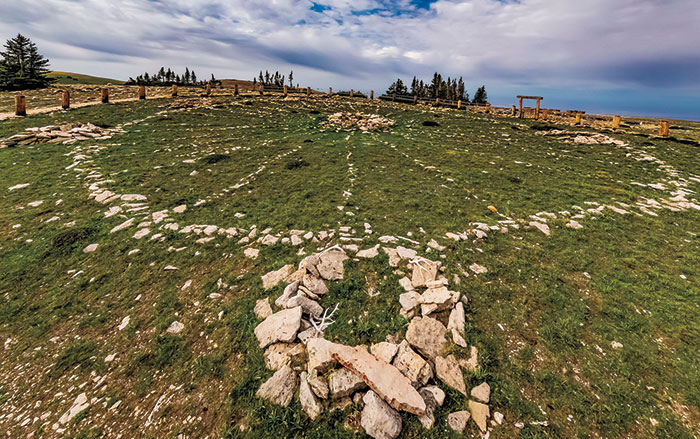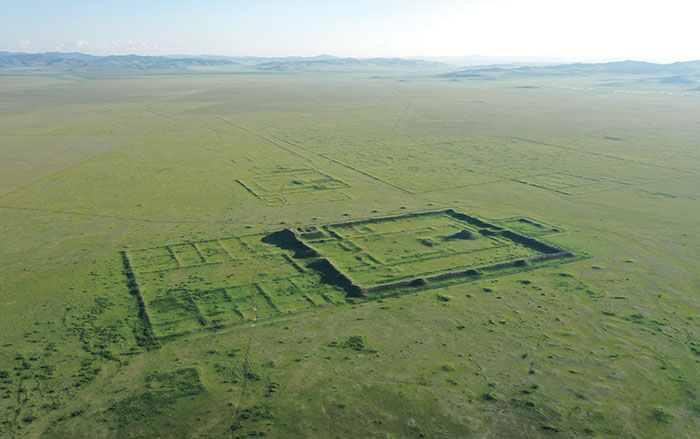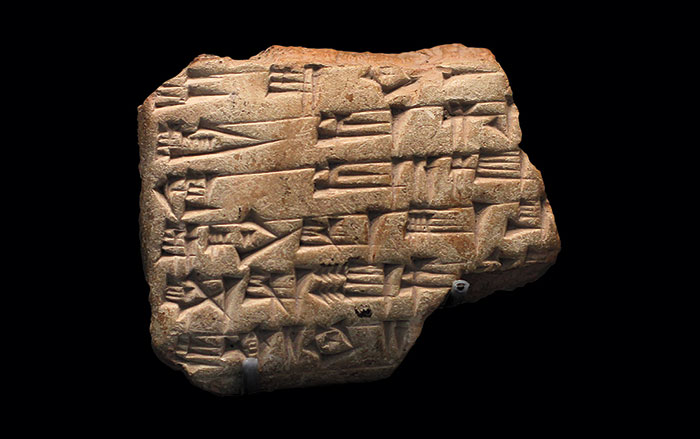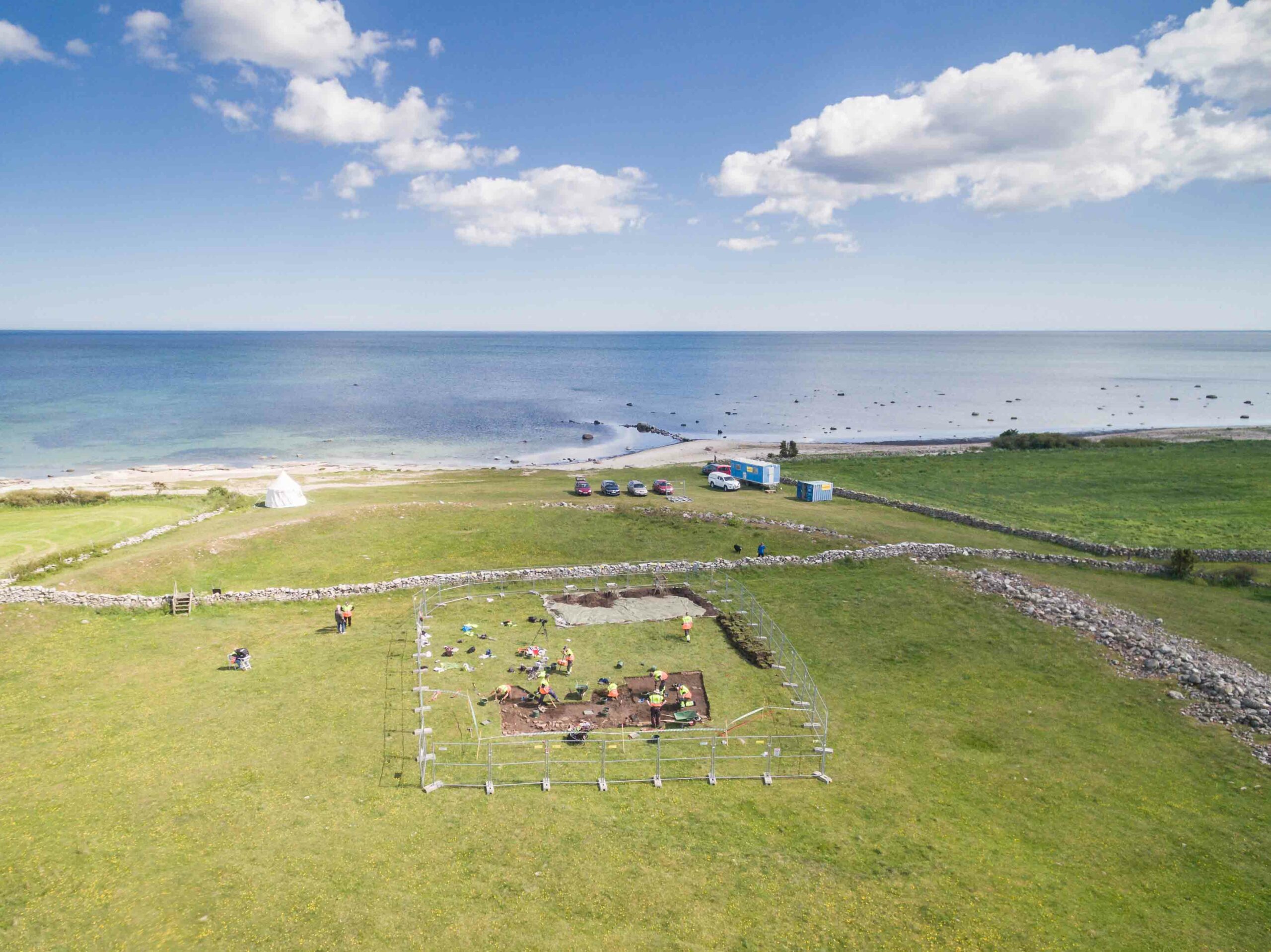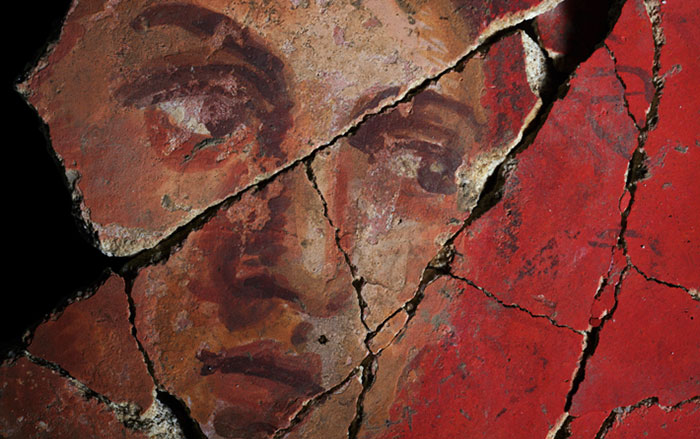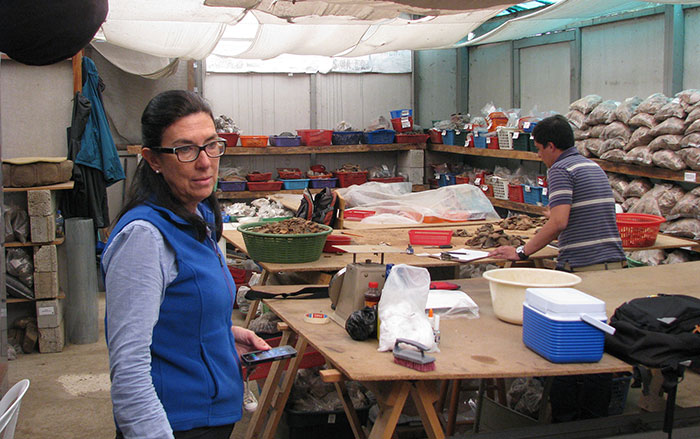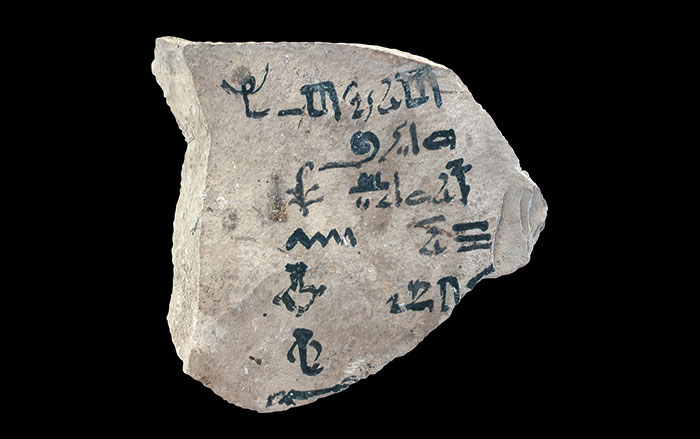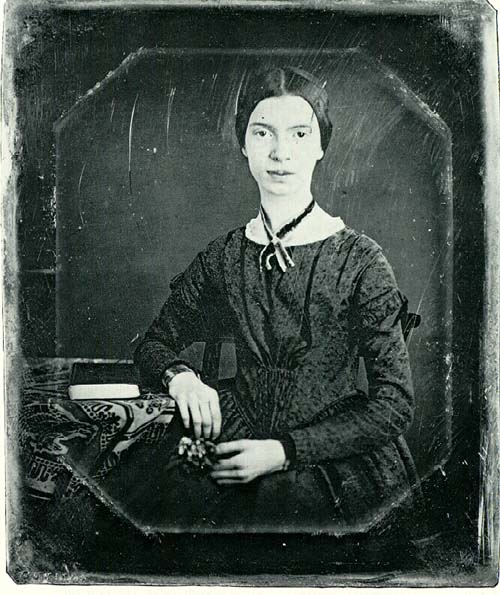
AMHERST, MASSACHUSETTS—Emily Dickinson is known today as one of the greatest poets of the nineteenth century, but in her lifetime she may have been more renowned for her gardening. At her family estate, she helped to tend an orchard, a greenhouse, and an expanse of flower and vegetable gardens. The size of these gardens was dramatically decreased in the decades after Dickinson died in 1886, but now a team of archaeologists is searching for their remnants. Last summer, they uncovered portions of a pathway leading to nineteenth-century flower and vegetable beds. “If we can follow out the historic path to its end, then theoretically we would find the location of past gardens,” Kerry Lynch of Archaeological Services at the University of Massachusetts, Amherst, told the New York Times. If they do locate these gardens, the archaeologists hope to find seeds or other botanical evidence dating back to when Dickinson was alive. For more on archaeology in Massachusetts, go to "Finding Parker’s Revenge."


